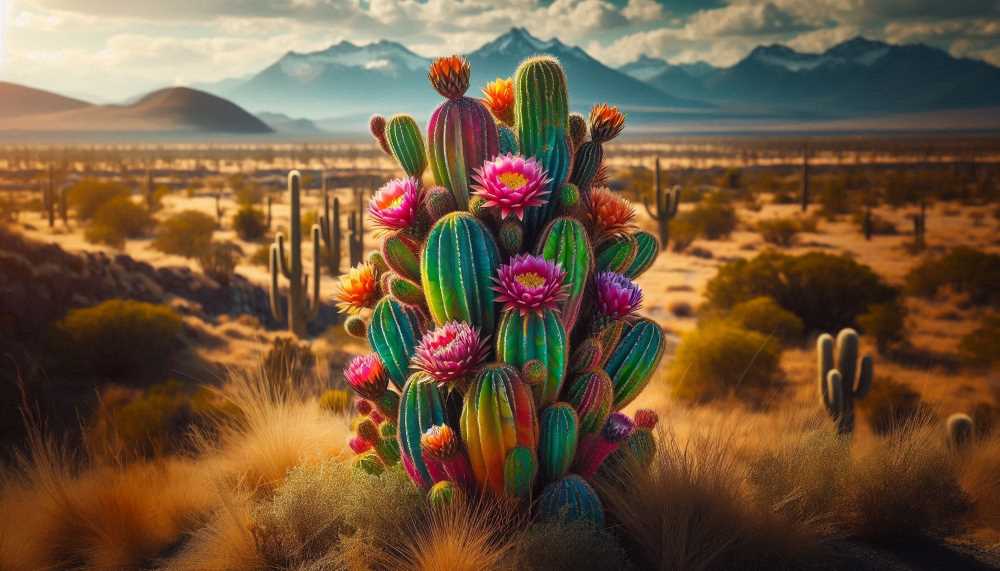Tamales, Traditions, and the Magic of Mexico’s Fall Season
Autumn in Mexico offers a unique blend of cultural celebrations, natural beauty, and culinary delights. From the vibrant Day of the Dead to the stunning landscapes of the Copper Canyon, Mexico's autumn is a time of transformation and wonder.

Autumn in Mexico is a season where nature and tradition intertwine in an intricate, colorful mix. As the balmy days of summer transition into the crisp air of fall, the country offers a captivating blend of stunning landscapes and ancient rituals that come alive in vivid hues. While many think of Mexico as a tropical paradise or a winter escape, autumn reveals a subtler, more profound beauty that invites travelers to explore the diverse scenery and immerse themselves in long-standing cultural traditions.
From the dramatic sierras to serene valleys, and from the bustling streets of Mexico City to the quiet villages that still guard pre-Hispanic customs, autumn in Mexico offers something for both the soul and the senses. Let’s take a journey across landscapes and traditions that captivate the heart in the most unexpected ways.




